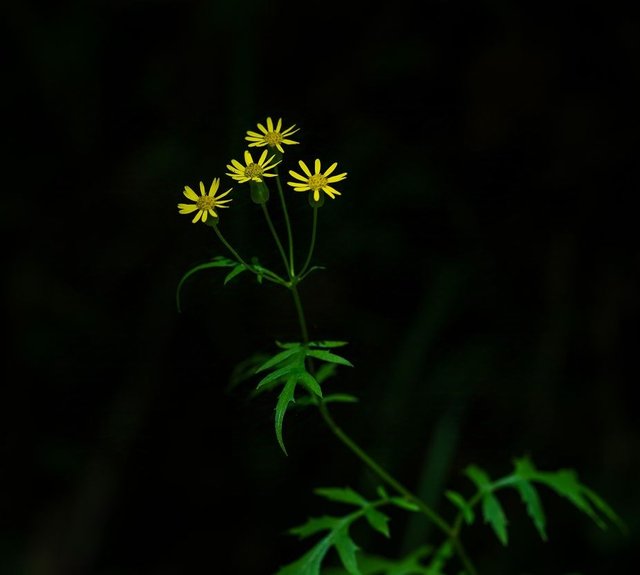Senecio squalidus: A Fascinating Wildflower with an Intriguing History
Senecio squalidus, commonly known as Oxford ragwort, is a resilient and vibrant flowering plant with a unique backstory and ecological significance. Native to the volcanic slopes of Mount Etna in Sicily, it arrived in Britain as an exotic transplant and later became one of the most successful wildflowers to naturalize throughout the British Isles. Today, Senecio squalidus is admired for its bright yellow blooms and complex role in British ecology and genetics.
Botanical Description
Senecio squalidus is a member of the Asteraceae family, widely recognized for its brilliant yellow flowers that closely resemble those of its relatives, such as the common dandelion or marigold. This perennial plant grows between 30–60 cm in height and has a branching habit with slightly hairy stems and deeply lobed, almost fern-like leaves. It produces a profusion of flowers from early spring until late autumn, forming dense clusters at the top of each stem. Each flower head, about 2–3 cm in diameter, is made up of both central disc florets and surrounding ray florets, giving the flower a distinctive daisy-like appearance. The flowers are not only appealing to the eye but also highly attractive to pollinators such as bees and butterflies, making them an essential part of urban biodiversity in the areas they inhabit.
Introduction to Britain and Rapid Spread
Senecio squalidus has an intriguing history as a non-native plant in the UK. It was initially introduced to Britain in the early 18th century by botanists working in the Oxford Botanic Garden. The plant was prized for its adaptability and vibrant color, but it quickly proved to be more than a mere garden specimen. Some plants escaped from the Botanic Garden and began to colonize the city’s walls and railway tracks. These urban settings, especially railway corridors with their stony, well-drained environments, mimicked the volcanic habitats of its native Sicily. As the railway network expanded across the UK in the 19th century, Senecio squalidus took advantage of this transportation system, establishing itself in new regions along rail lines and rapidly spreading far beyond Oxford.
Hybridization and Genetic Interest
Senecio squalidus is perhaps best known for its role in one of the earliest studies of plant hybridization in Britain. It naturally hybridized with the native groundsel, Senecio vulgaris, giving rise to a new fertile hybrid species, Senecio x baxteri. This hybridization was first studied by British geneticist David Charles Darwin, the grandson of Charles Darwin, in the 20th century. This early work on hybrid speciation in Senecio plants laid the groundwork for modern research into plant genetics and adaptive evolution.




Thanks For Reading
Device Information
| Device | Redmi Note 10 Pro |
|---|---|
| Lens | 64 mp |
| Location | Bangladesh |
